It feels curiously liberating to know that culinary classics like falafel can be made not just with chickpeas or fava beans, but in fact with most legumes. After all, most traditional dishes have always come from a place of necessity and availability, making use of what’s around while still applying culinary wisdom that can also be found in other parts of the world. So why not use any legume to make fresh falafel at home? It’s an easy way to use up those bags of dried chickpeas and lentils that might have accumulated on your shelf, but it’s also a fun opportunity to explore with new legume varieties, maybe even some that were grown locally.
If you haven’t made falafel before, read through this recipe first, where I explain what steps led me to the crispiest and fluffiest falafel at home.
Serving Suggestion
I usually serve the falafel with a simple tahini sauce, but you can also take it to the next level and use them in this flavour-packed pita sandwich.
Benefits of Legumes
Incorporating legumes into our diet also brings with it a number of environmental and health benefits:
Environmental Benefits
-
Nitrogen Fixation: Legumes have a unique ability to form symbiotic relationships with nitrogen-fixing bacteria in their root nodules. This process allows them to convert atmospheric nitrogen into a form that can be used by plants, which reduces the need for synthetic nitrogen fertilizers and contributes to soil fertility.
-
Soil Health: The growth of legumes enhances soil health by increasing organic matter content and improving soil structure. Their root systems help prevent erosion and promote water retention in the soil.
-
Crop Rotation: Legumes are often used in crop rotation systems due to their nitrogen-fixing properties. Planting legumes in rotation with other crops can reduce the need for chemical fertilizers, benefiting soil health and reducing environmental pollution.
-
Biodiversity: Incorporating legumes in agricultural systems can enhance biodiversity by providing habitat and food sources for beneficial insects and microorganisms. This can contribute to natural pest control and overall ecosystem balance.
-
Water Efficiency: Legumes typically require less water compared to many other crops, making them more resilient in areas prone to water scarcity or drought.
Health Benefits
-
Nutrient-Rich: Legumes are rich in essential nutrients such as protein, dietary fibre, complex carbohydrates, vitamins (folate, vitamin B6, thiamin), and minerals (iron, potassium, magnesium).
-
Protein Source: Legumes are an excellent plant-based source of protein, especially when on a plant-based diet.
-
Low in Fat: Legumes are generally low in saturated fat and cholesterol. Their consumption can contribute to heart health by helping to lower bad cholesterol levels.
-
Dietary Fibre: The high fibre content of legumes supports digestive health, helps regulate blood sugar levels, and promotes a feeling of fullness that lasts longer throughout the day.
-
Blood Sugar Regulation: The combination of complex carbohydrates and fibre in legumes leads to a slower release of sugars into the bloodstream, which can help stabilise blood sugar levels.
-
Gut Health: Legumes can act as prebiotics, providing nourishment for beneficial gut bacteria.
-
Antioxidants: Some legumes, such as lentils and black beans, contain antioxidants that help protect cells from oxidative stress and inflammation.
Storage
It’s best not to refrigerate falafel as they will turn soggy. Instead, keep them covered at room temperature and consume the next day.
serves 4
Ingredients
Falafel
-
200g mixed legumes (I used chickpeas, peas and lentils)
-
1 onion
-
5 garlic cloves
-
1 green chilli
-
40g coriander
-
40g parsley
-
1 tsp ground cumin
-
1 tsp ground coriander
-
1l vegetable oil for frying
Tahini Sauce
-
80g tahini
-
4 tbsp lemon
-
1 garlic clove
Method
To make the falafel, soak the legumes overnight in 3x the amount of water.
The next day, drain the legumes and add them to the bowl of a food processor. Pulse them fine enough so that you can press them into balls that don’t instantly fall apart. Don’t overwork them though, or the falafel will become dense. Tip out the ground legumes and set aside.
Peel and roughly chop the onion and garlic. Trim the chilli and chop it into large pieces. Add the onion, garlic, chilli, coriander and parsley including their stalks as well as 1 tsp salt to the bowl of a food processor and pulse until fine.
Add the chopped aromatics and herbs to the legumes along with the spices and use your hands to mix everything together. Then refrigerate the mixture for at least 15 minutes.
Heat the vegetable oil to around 170°C. If you don’t have a thermometer, you can later use the first falafel to test the heat. In the meantime, with wet hands shape the mixture into 15-18 falafel balls (around 30g each).
To test the temperature of the oil only add one ball. It should turn slightly golden within 2 minutes. If it takes longer, wait for the oil to become a bit hotter and test with another ball. Once the oil is hot fry 4-6 balls at a time for 4 minutes until they are crispy and dark golden. Make sure not to overcrowd the pan or they might fall apart.
Cover a cooling rack with paper towels. Once the falafel are cooked, place them on the paper towels to let any excess oil drain off. Continue with the rest until all the falafel are fried.
In the meantime, make a quick tahini sauce by mixing the tahini and lemon juice with 1 tbsp of water and 1/2 tsp salt. Mix it together until thickened, then keep adding small amounts of water until you can drizzle the tahini from a spoon. Grate or crush in the garlic and mix well. Then serve alongside the falafel.
Note: Take it a step further and turn your falafel into the ultimate Pita Sandwich.
Storage: Keep covered at room temperature for 1 day. Don’t refrigerate or they will turn soggy.
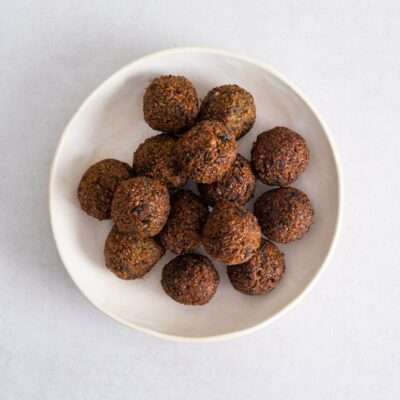
Any Legume Falafel
Ingredients
Falafel
- 200 g mixed legumes (I used chickpeas, peas and lentils)
- 1 onion
- 5 garlic cloves
- 1 green chilli
- 40 g coriander
- 40 g parsley
- 1 tsp ground cumin
- 1 tsp ground coriander
- 1 l vegetable oil for frying
Tahini sauce
- 80 g tahini
- 4 tbsp lemon
- 1 garlic clove
Instructions
- To make the falafel, soak the legumes overnight in 3x the amount of water.
- The next day, drain the legumes and add them to the bowl of a food processor. Pulse them fine enough so that you can press them into balls that don’t instantly fall apart. Don’t overwork them though, or the falafel will become dense. Tip out the ground legumes and set aside.
- Peel and roughly chop the onion and garlic. Trim the chilli and chop it into large pieces. Add the onion, garlic, chilli, coriander and parsley including their stalks as well as 1 tsp salt to the bowl of a food processor and pulse until fine.
- Add the chopped aromatics and herbs to the legumes along with the spices and use your hands to mix everything together. Then refrigerate the mixture for at least 15 minutes.
- Heat the vegetable oil to around 170°C. If you don’t have a thermometer, you can later use the first falafel to test the heat. In the meantime, with wet hands shape the mixture into 15-18 falafel balls (around 30g each).
- To test the temperature of the oil only add one ball. It should turn slightly golden within 2 minutes. If it takes longer, wait for the oil to become a bit hotter and test with another ball. Once the oil is hot fry 4-6 balls at a time for 4 minutes until they are crispy and dark golden. Make sure not to overcrowd the pan or they might fall apart.
- Cover a cooling rack with paper towels. Once the falafel are cooked, place them on the paper towels to let any excess oil drain off. Continue with the rest until all the falafel are fried.
- In the meantime, make a quick tahini sauce by mixing the tahini and lemon juice with 1 tbsp of water and 1/2 tsp salt. Mix it together until thickened, then keep adding small amounts of water until you can drizzle the tahini from a spoon. Grate or crush in the garlic and mix well. Then serve alongside the falafel.

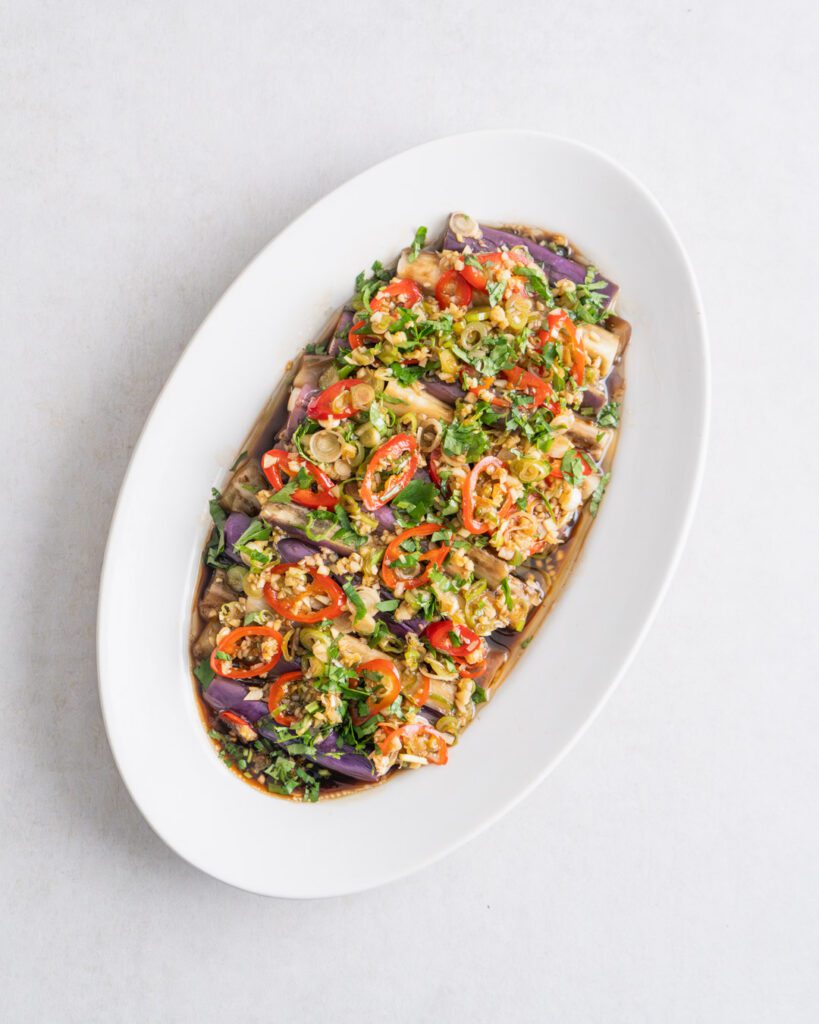
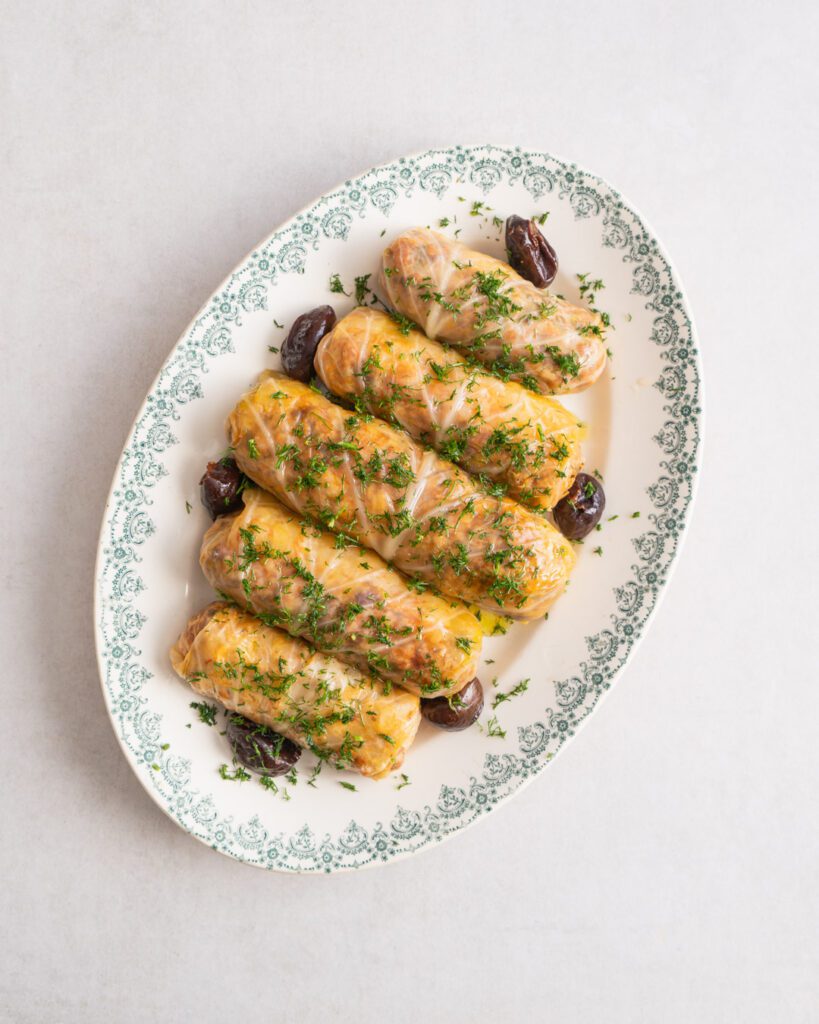
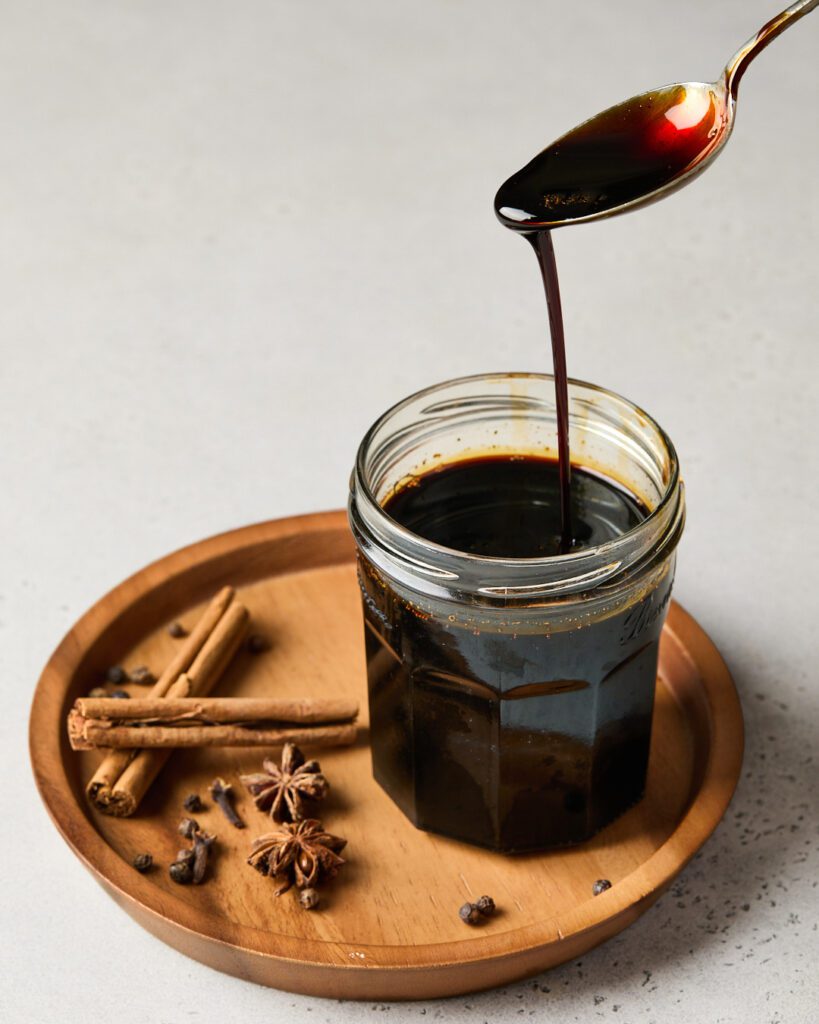
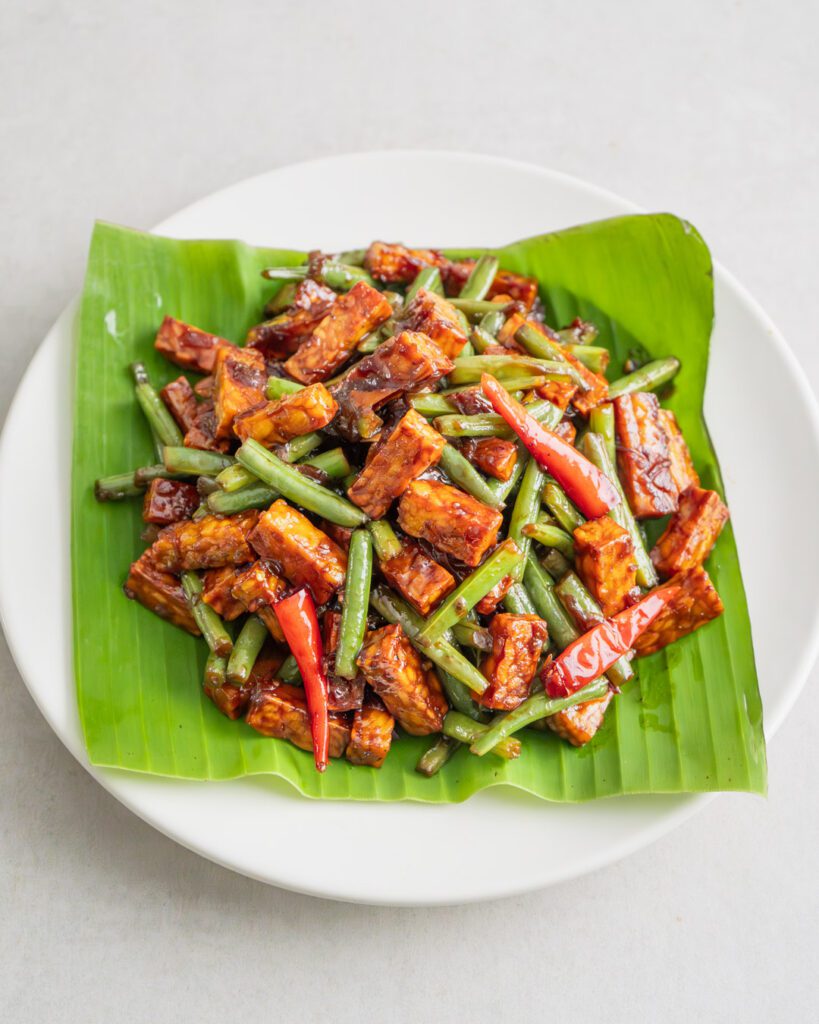
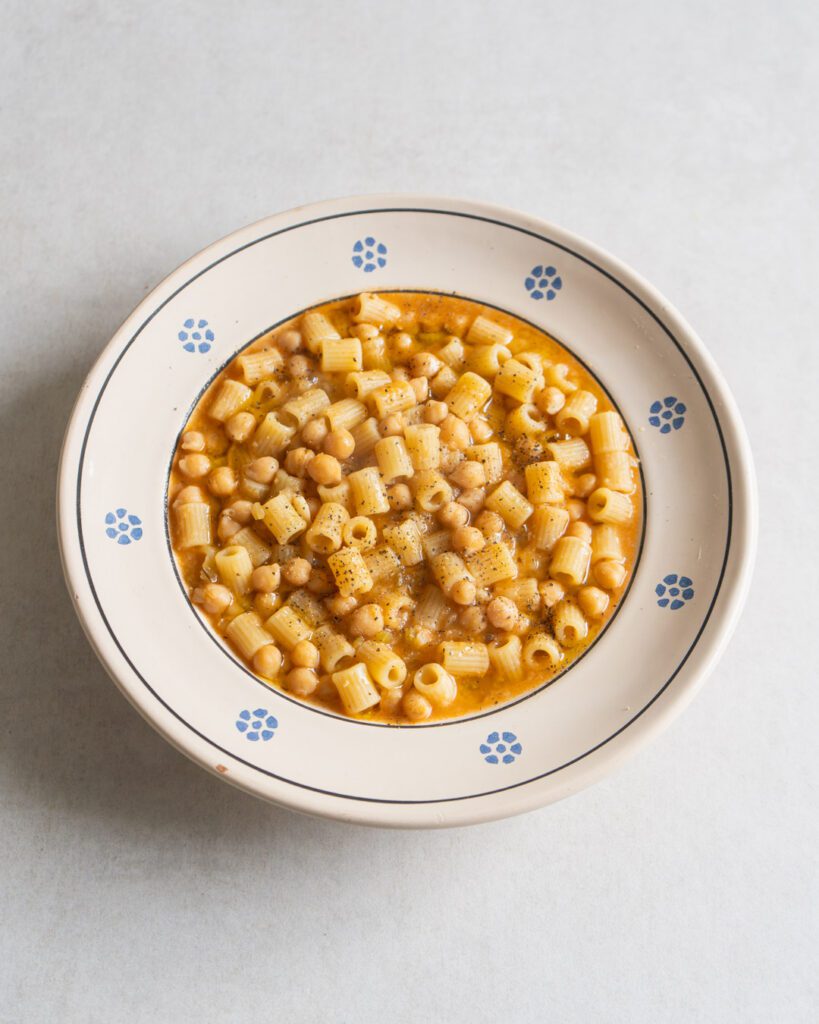
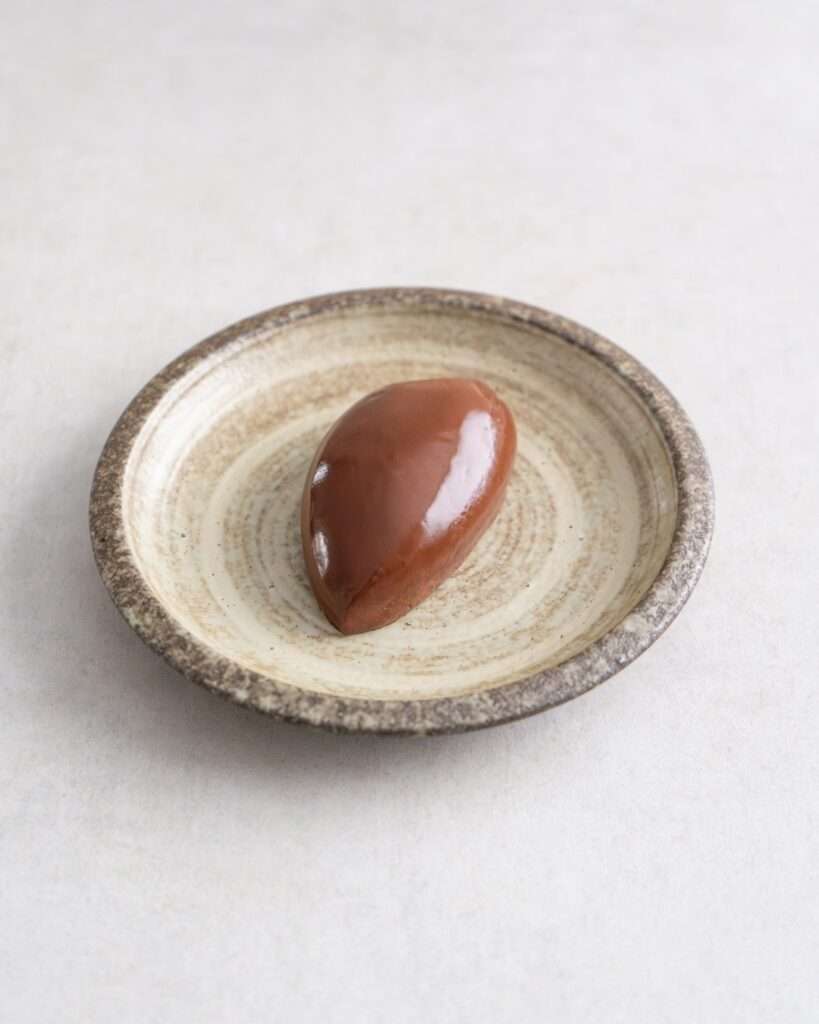

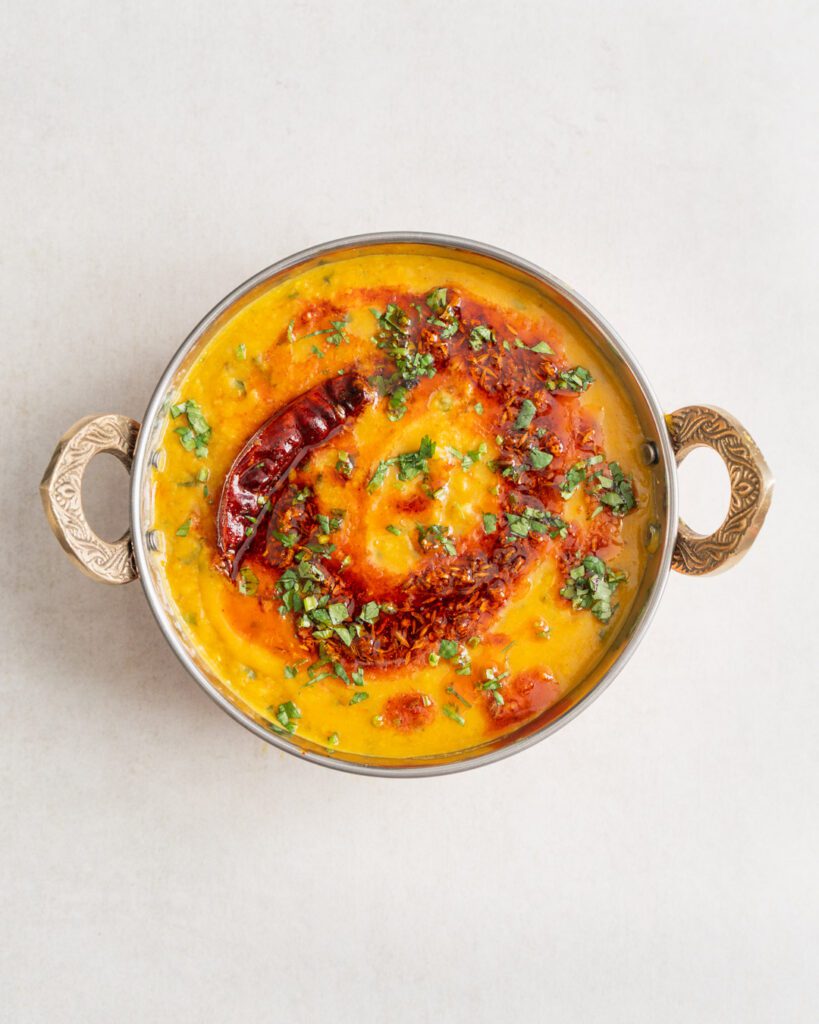
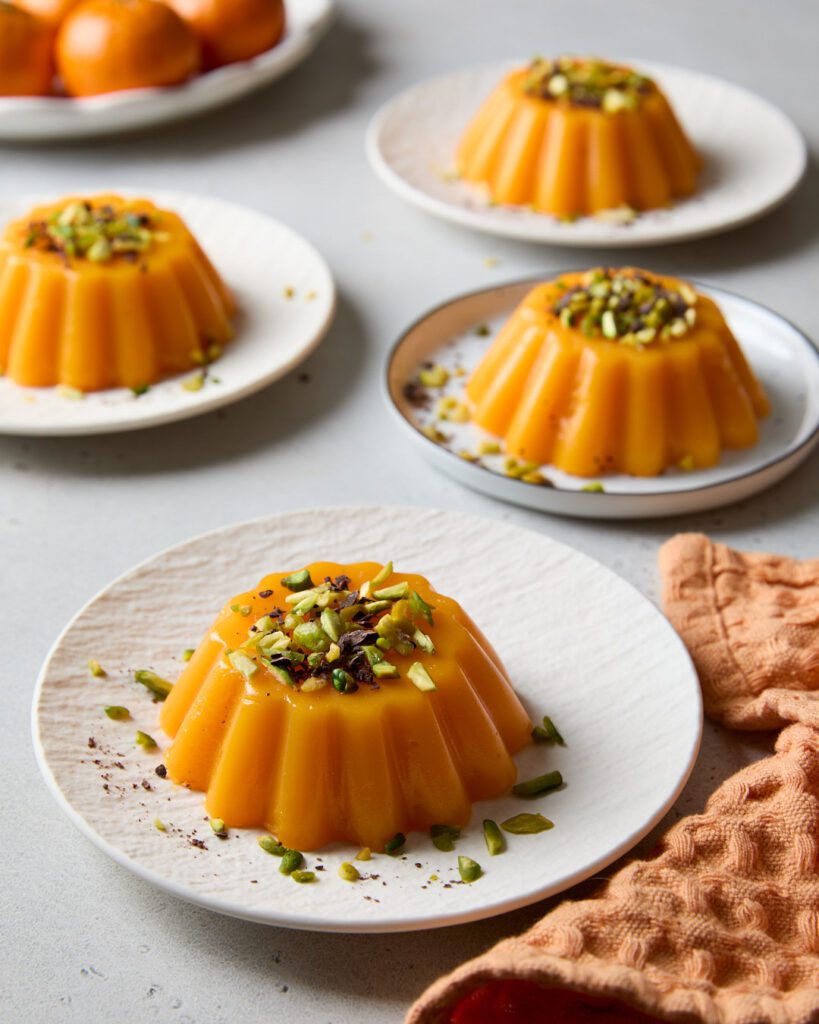
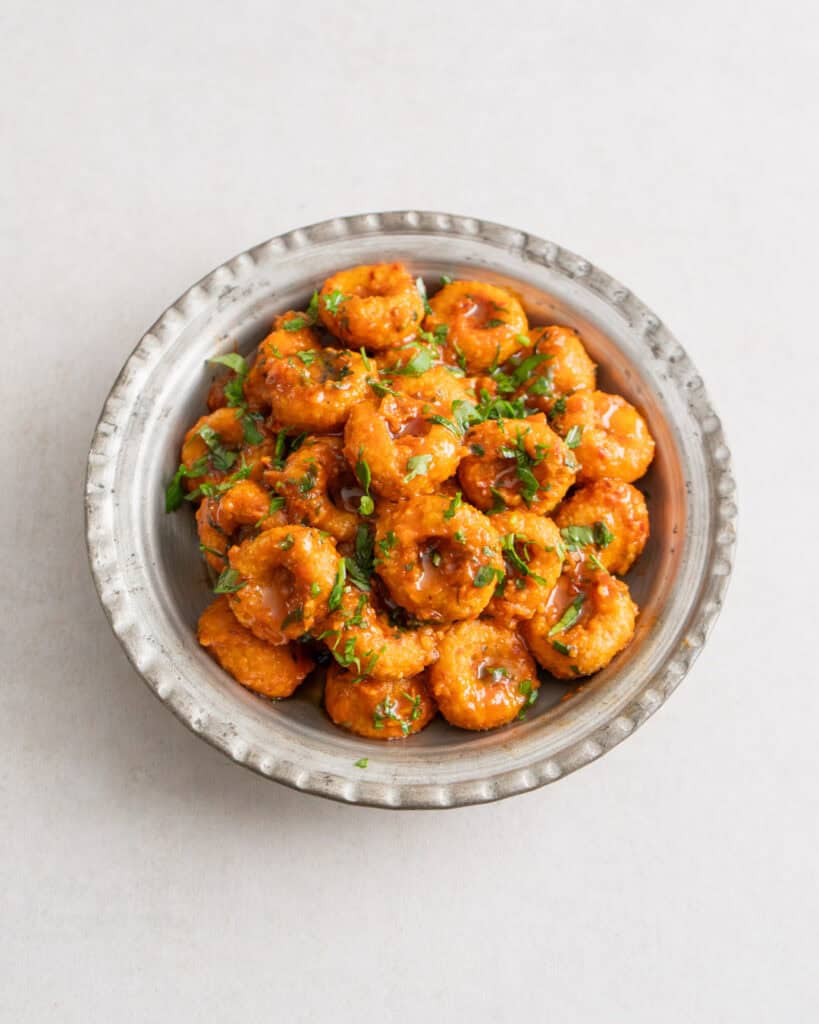
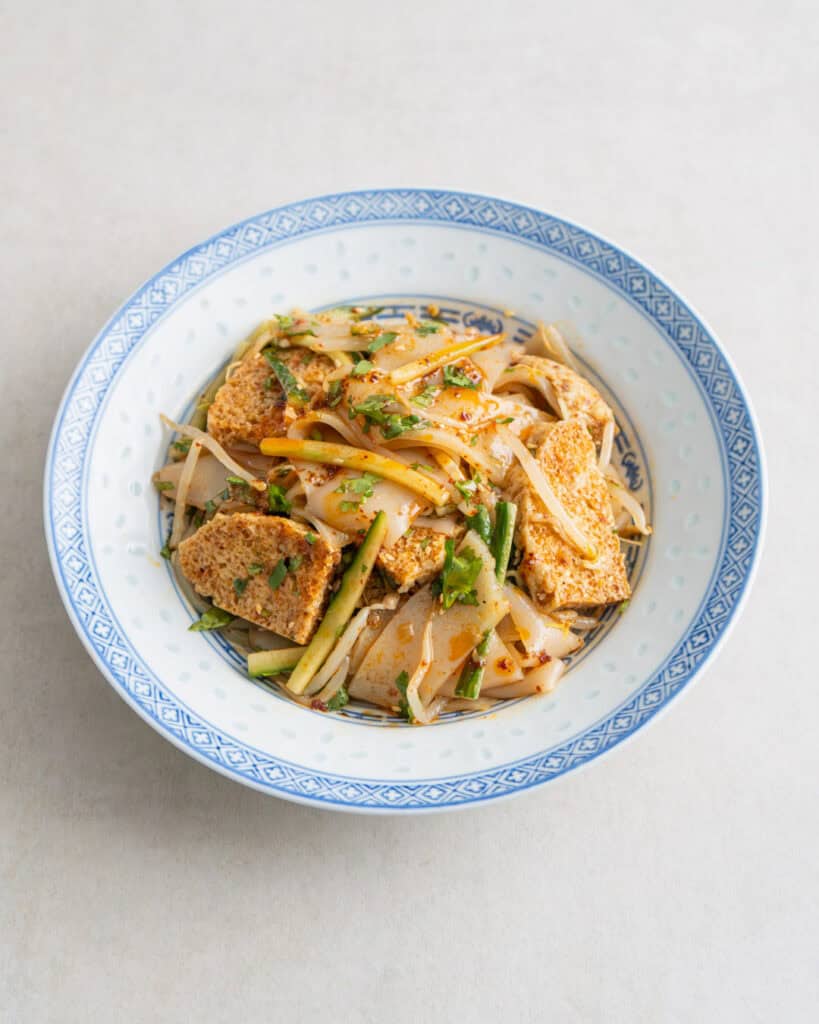
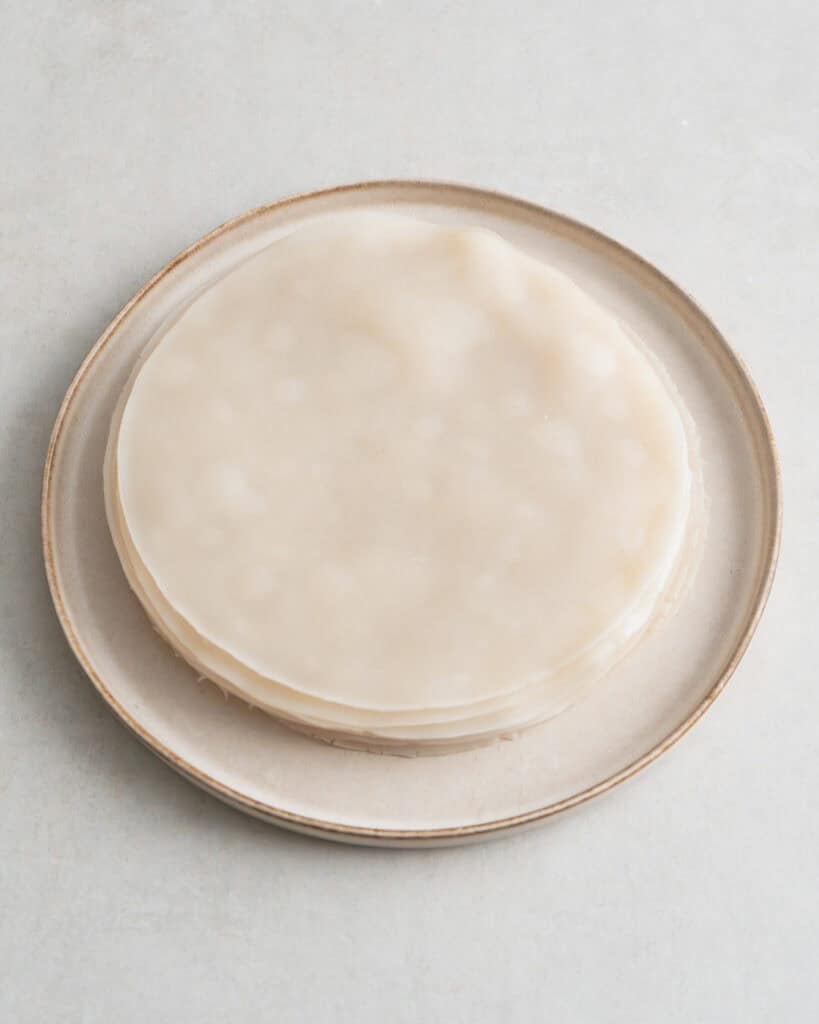
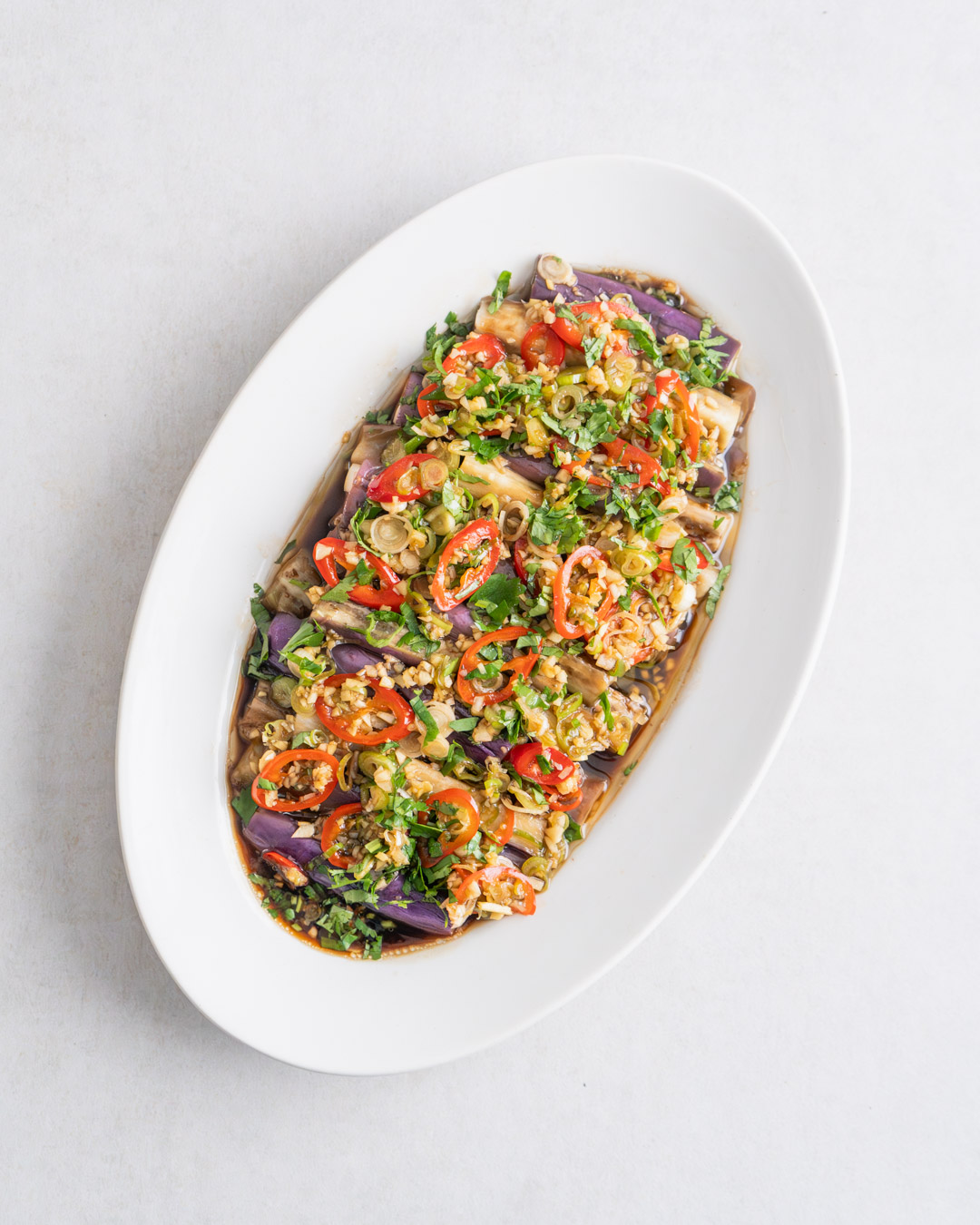
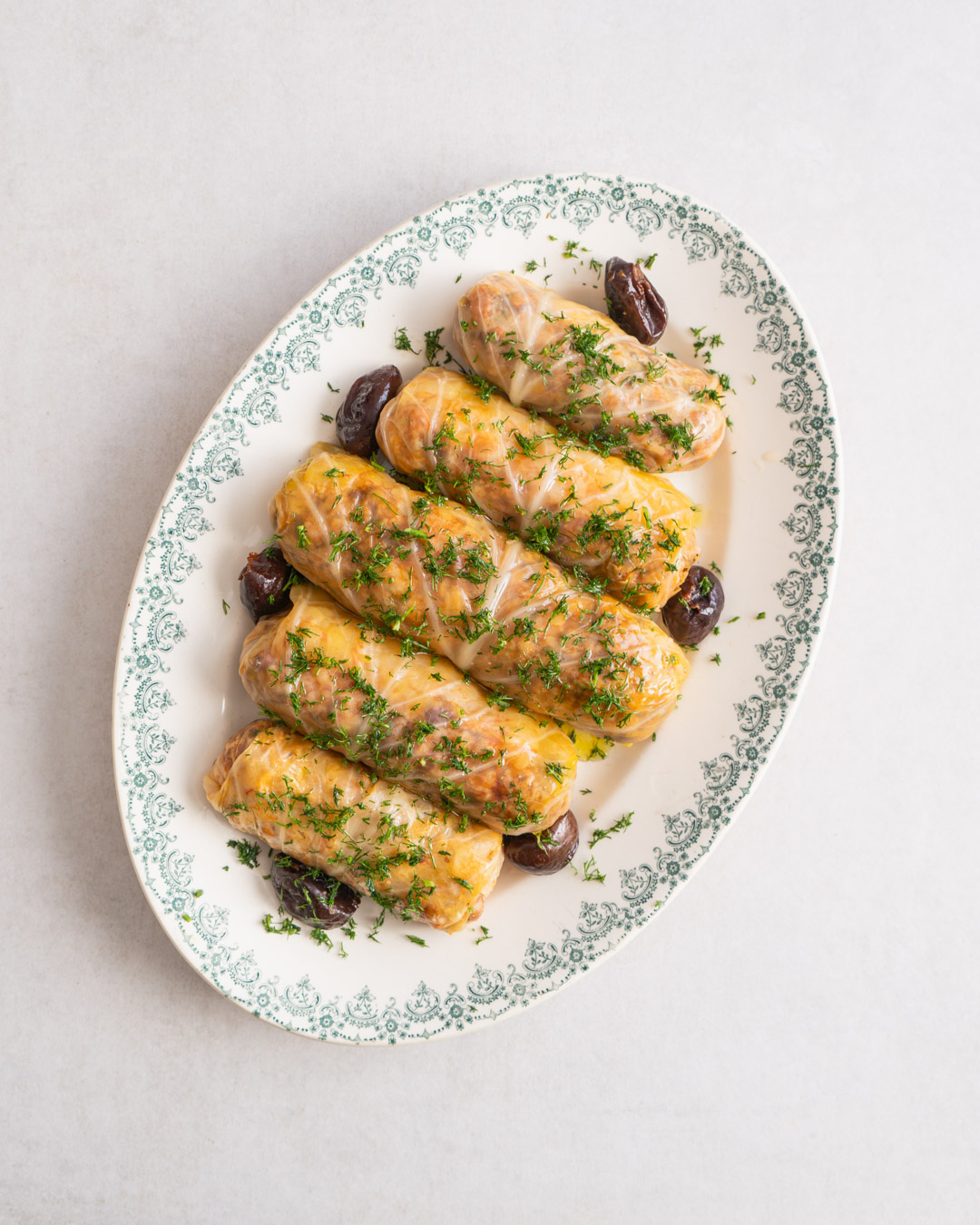
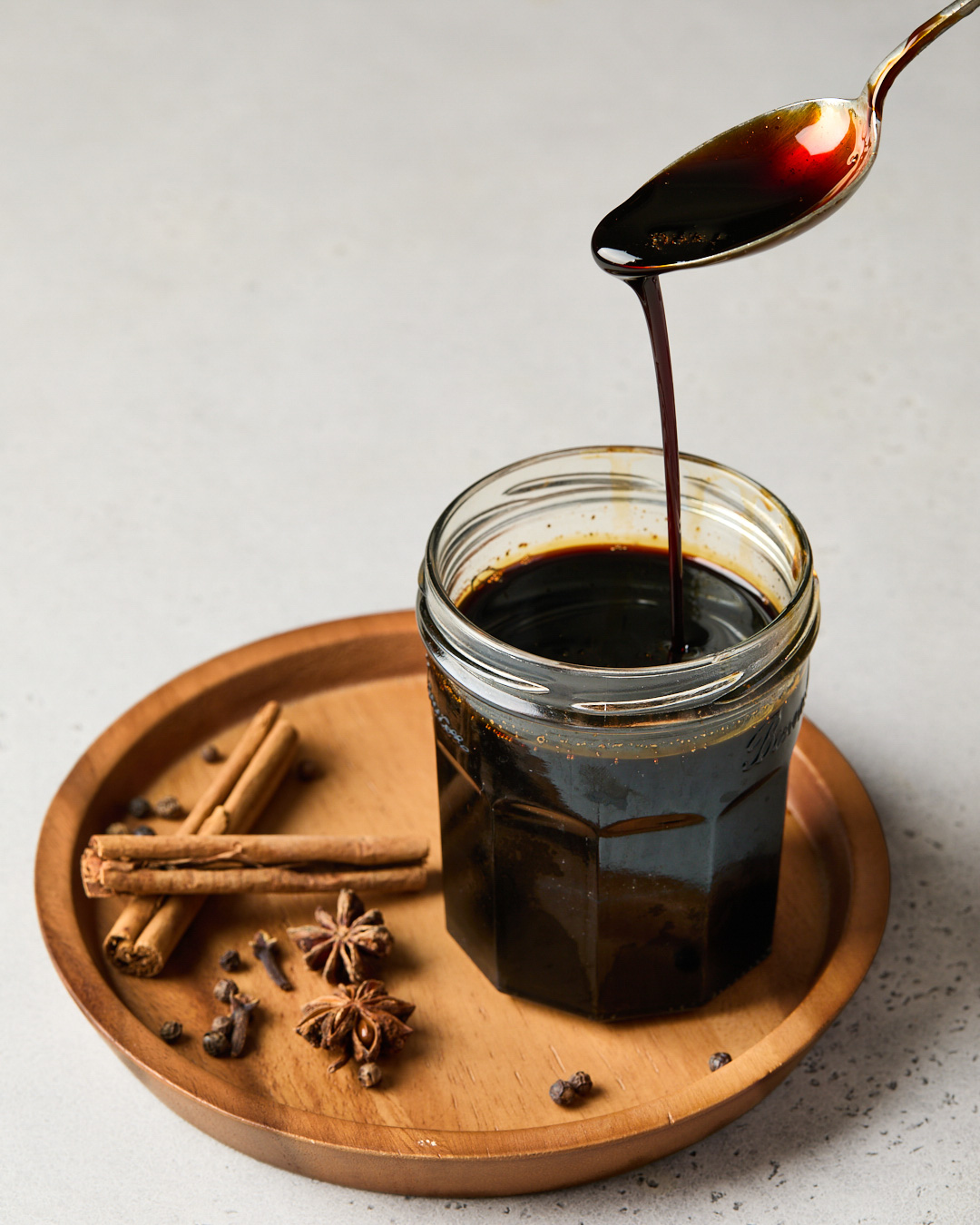
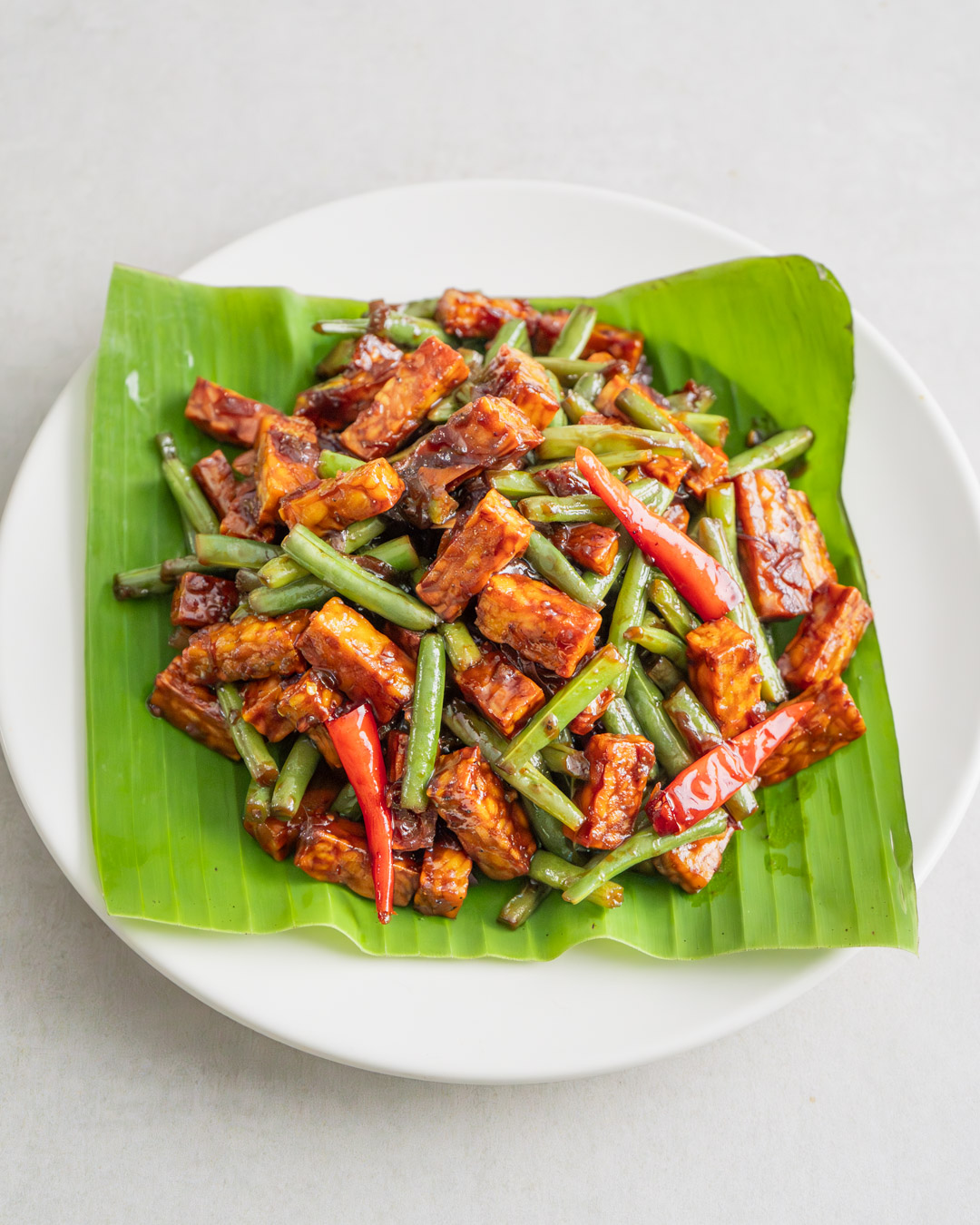
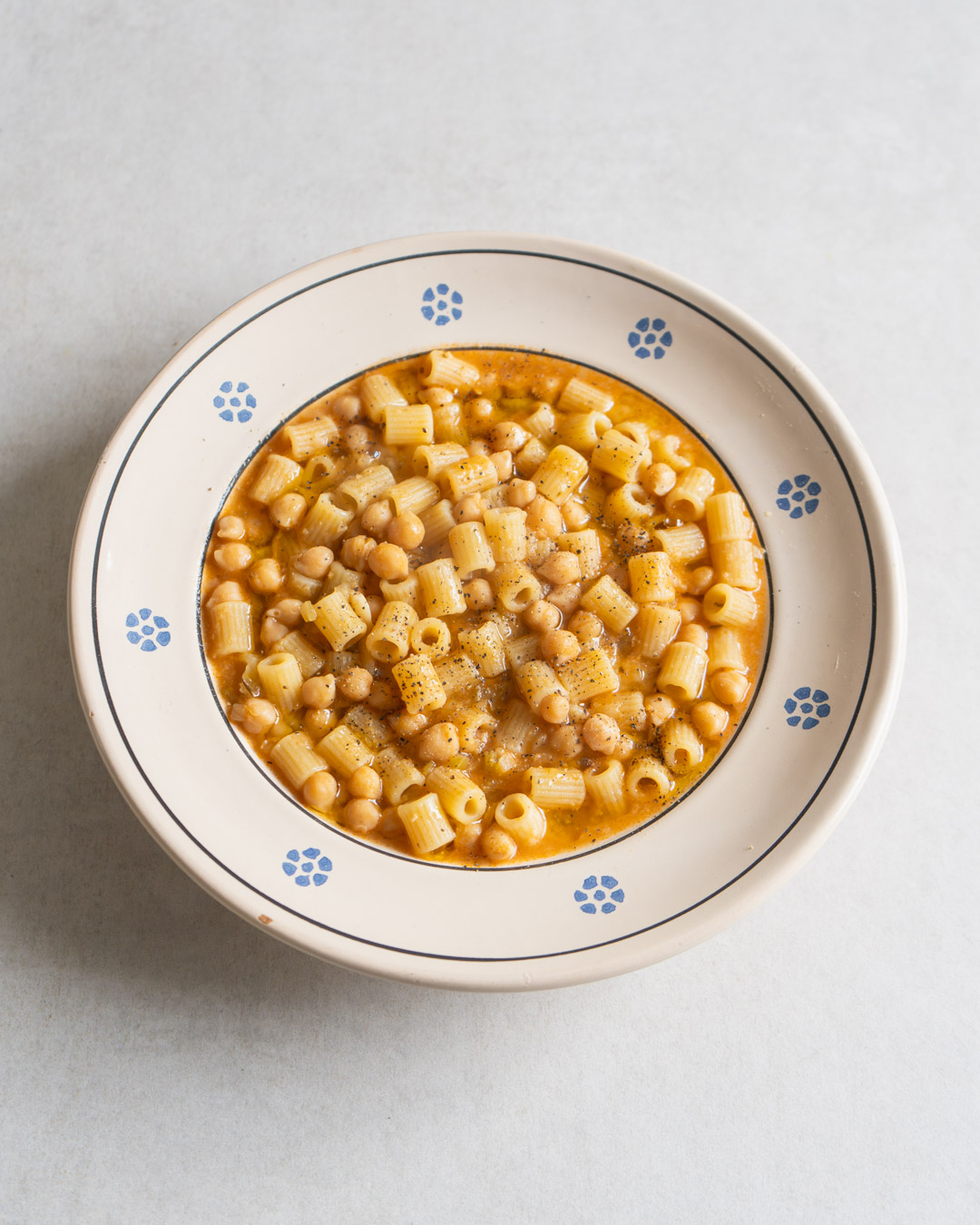
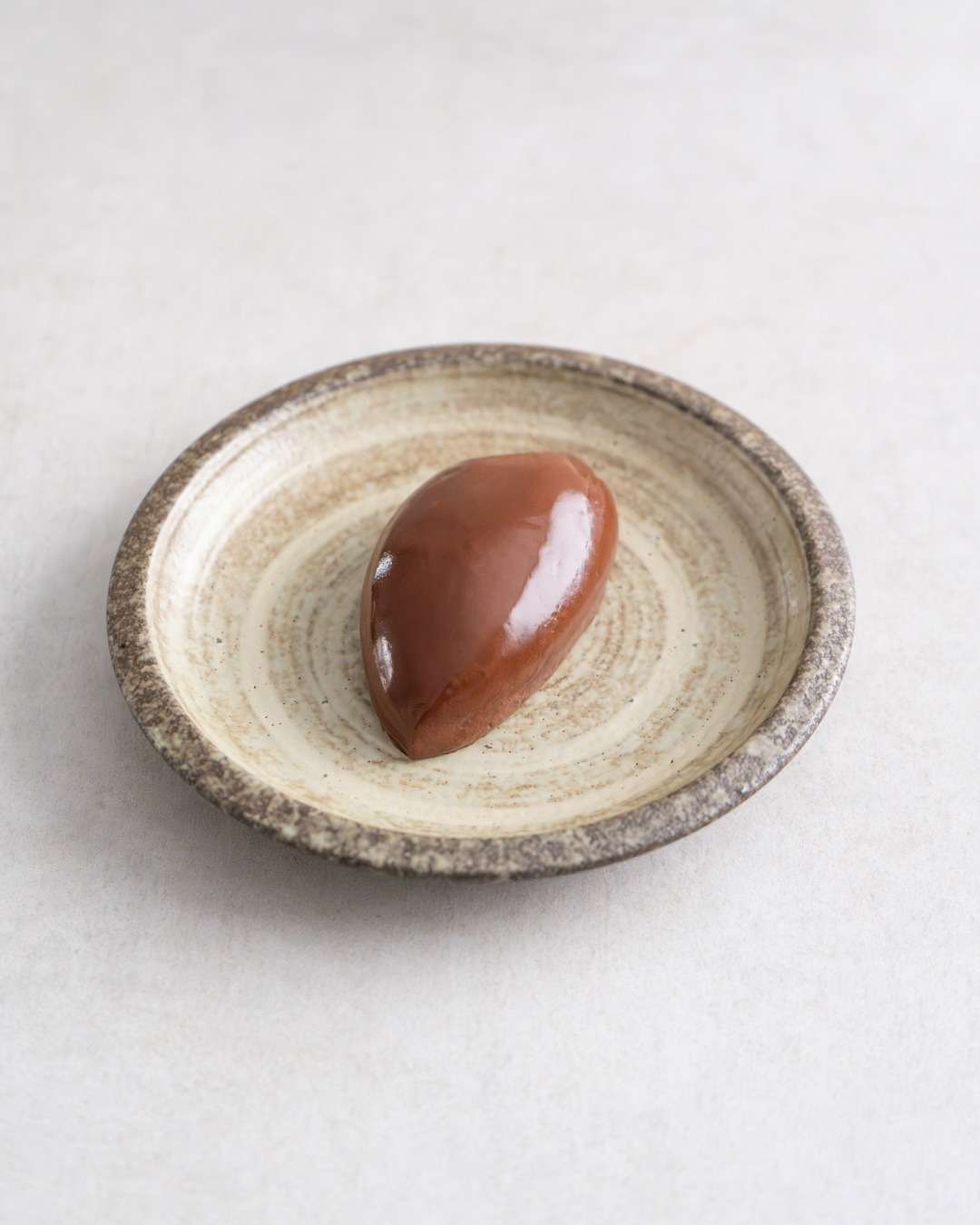
Instead of using oil can we baked the falafels?
Unfortunately not, because I’m using raw legumes in this recipe. Oven-baked falafel are usually made with canned chickpeas or other previously-cooked legumes. Baking the raw ones in the oven would not cook them properly and they wouldn’t be safe to consume.
The recipe was very helpful, with the exact measurements, I could make crispy falafels.
I made pitas, falafel, hummus and tahini all with your recipes turned out great. Thank you for sharing them.
Wonderful! That’s quite a kitchen marathon, but so worth it! Thanks for giving it a go!